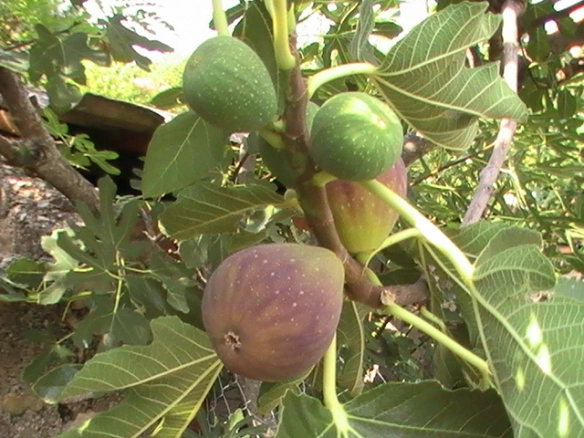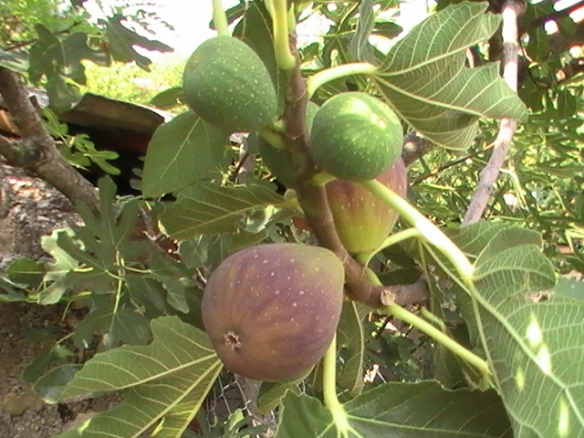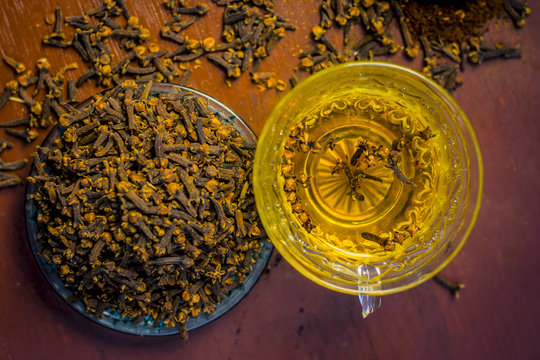
Fig trees are celebrated for their delicious fruit, but their leaves are often overlooked as a potent natural remedy with the potential to save you both money and trips to the pharmacy. Fig leaves possess a variety of medicinal properties that can address several health issues naturally. Here’s a look at how these unassuming leaves can be a valuable addition to your home health care.
Health Benefits of Fig Leaves
- Natural Diabetes Management: Fig leaves are known for their anti-diabetic properties. They can help regulate blood sugar levels by reducing the amount of insulin needed by the body. For those managing diabetes, incorporating fig leaf tea into your diet could significantly lessen dependence on insulin injections or synthetic medication.
- Reduces Triglycerides: Keeping your triglyceride levels in check is crucial for maintaining heart health. Fig leaves have been shown to have a beneficial effect on triglycerides, helping to lower these fats in the blood, which reduces the risk of heart disease.
- Anti-Ulcer Properties: The sap from fig leaves is useful in preventing and healing stomach ulcers. It can provide a protective layer in the stomach and reduce the pain and severity of ulcers.
- Rich in Antioxidants: Like many plants, fig leaves are rich in antioxidants. These compounds help combat free radicals in the body, reducing oxidative stress and lowering the risk of chronic diseases such as heart disease, cancer, and Alzheimer’s disease.
- Antibacterial and Antifungal: Fig leaves have antibacterial and antifungal benefits, which make them excellent for treating and preventing infections. They can be used in natural remedies for skin infections and dandruff.
How to Use Fig Leaves
- Fig Leaf Tea: Boil fig leaves in water to make a soothing tea. This can be especially beneficial for those looking to manage diabetes symptoms or improve cardiovascular health.
- Topical Application: The sap or extract from fig leaves can be applied directly to the skin to treat infections or inflammation. Always test on a small area first to ensure there is no allergic reaction.
- Culinary Uses: While less common, young tender fig leaves can be used in cooking. They can be used to wrap foods for grilling or baking, imparting a subtle, sweet flavor and adding their health benefits to dishes.
Conclusion
Fig leaves are a valuable resource that can lead to significant health benefits and savings on medical costs. By harnessing the natural power of fig leaves, you can take a proactive step toward managing health conditions such as diabetes, high triglycerides, and digestive issues, all while utilizing a natural remedy right from your garden or local health food store. Integrating fig leaves into your health regimen is a simple, effective way to boost overall well-being naturally.




